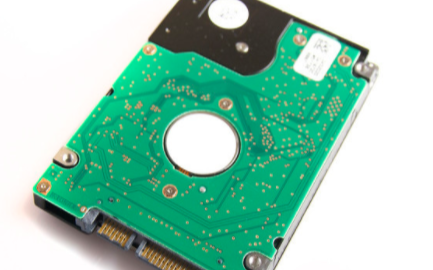March 15, 2021
2631
There are many people who are familiar with SATA hard disks. Let us first introduce IDE hard disks.

The full English name of IDE is "IntegratedDriveElectronics", that is, "electronic integrated drive", or "integrated device circuit". Its original meaning refers to the hard disk drive that integrates the "hard disk controller" and the "disk body". IDE is a type of disk drive interface. The hard disk and optical drive are connected to the motherboard through the IDE interface. The controller circuit resides in the drive, and a separate adapter card is no longer required.
IDE represents a type of hard disk, but in actual applications, people are also used to use IDE to call the first IDE type hard disk ATA-1. This type of interface has been eliminated with the development of interface technology. Later development branched out more types of hard disk interfaces, such as ATA, UltraATA, DMA, UltraDMA and other interfaces are all IDE hard disks.
1. The following are the main differences between SATA hard drives and IDE hard drives, as well as the advantages of SATA.
1. SATA hard disk has a higher transmission speed than IDE hard disk. The theoretical transfer speed of the SATA3 hard disk can reach 600MB/s, while the IDE is 100MB/s, which is an obvious speed gap.
2. Compared with the PATA40-pin data cable of IDE hard disks, SATA cables are small and thin, and the transmission distance is long, which can be extended to 1 meter, making it easier to install equipment and wiring in the machine. The size of the connector is small. This kind of cable effectively improves the air flow inside the computer and also improves the heat dissipation in the case.
3. Compared with IDE hard disk system, the power consumption is reduced. SATA hard drives can work with a voltage of 500 millivolts.
4. SATA can be backward compatible with PATA devices by using multi-purpose chipsets or serial;-parallel converters. Since SATA and PATA can use the same drives, there is no need to upgrade or change the operating system.
5. SATA does not need to set the master and slave disk jumpers. The BIOS will number it in the order of 1, 2, 3. It depends on which SATA connector the drive is connected to (easy to install). The IDE hard disk needs to be set to set the master and slave disks through jumpers.
6. SATA also supports hot plugging and can be used like a U disk. IDE hard disks do not support hot swapping.
2. Why are SATA hard drives faster?
In the IDE parallel port, when the hard disk is running at high speed, in order to effectively suppress the noise interference, the 5V voltage has to be used to transmit normal signals and improve the signal-to-noise ratio. Although a large voltage can effectively suppress noise, the circuit used for a large voltage is thicker, so that the production cost of the drive circuit is higher, and the transmission voltage of up to 5V limits high-speed transmission. Moreover, the working method of IDE requires the full participation of the CPU, and other operations cannot be performed when the CPU is reading and writing data, which further slows down the speed.
The SATA serial port uses a differential signal system, which can effectively filter the noise from the normal signal. Only 0.5V drive voltage is used, the power is greatly reduced, the heat generation is greatly reduced, and the speed will naturally increase.